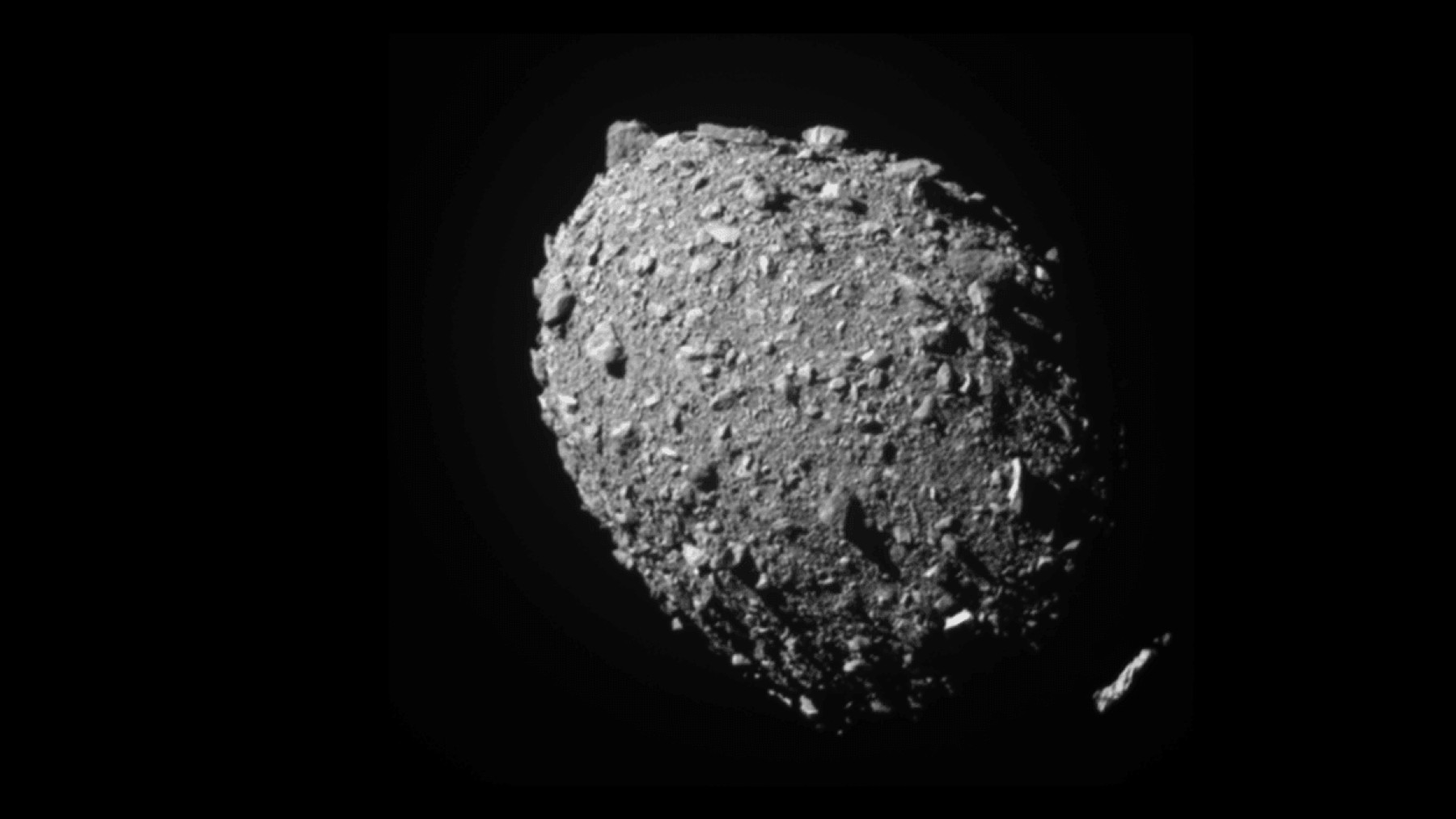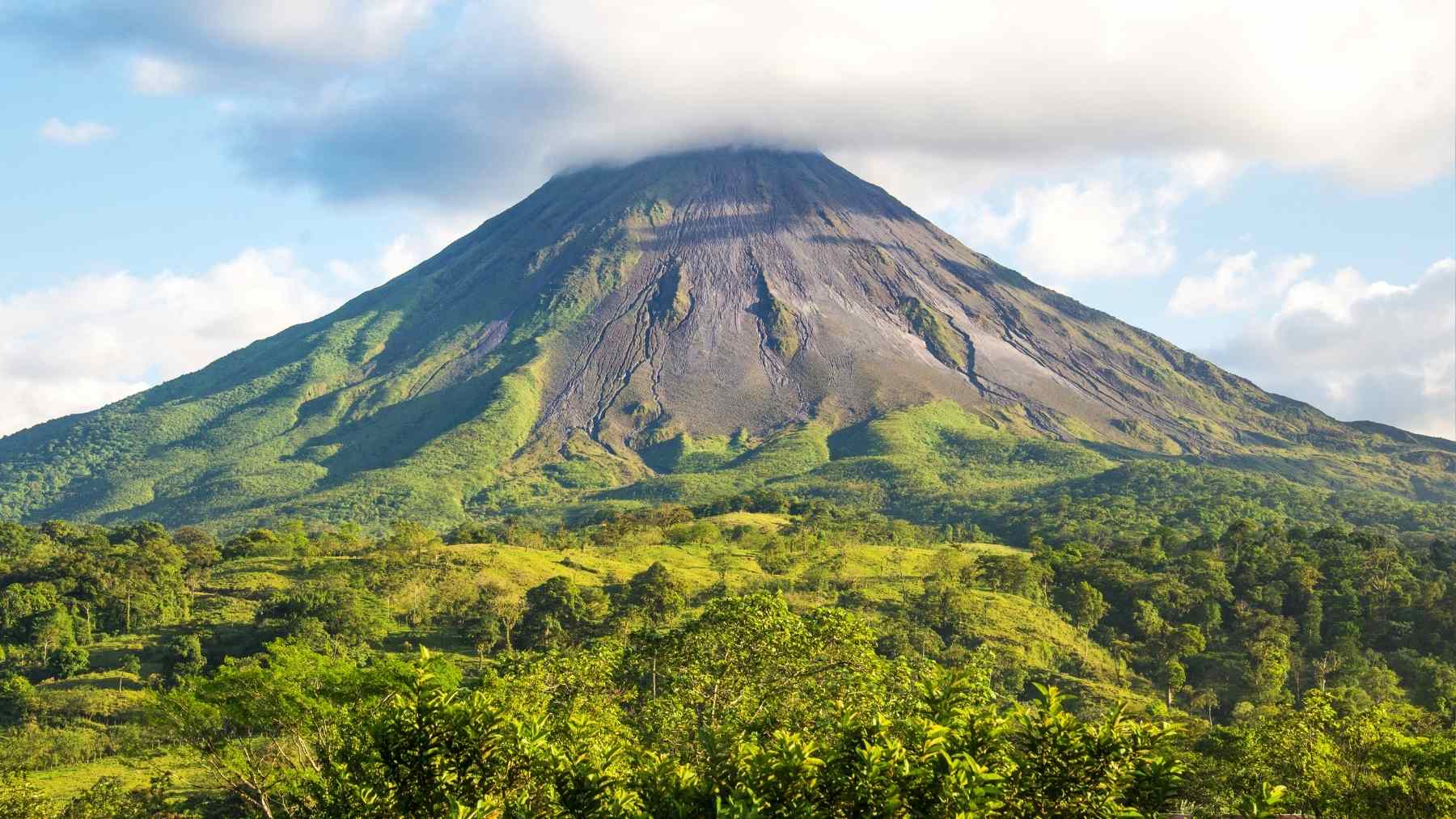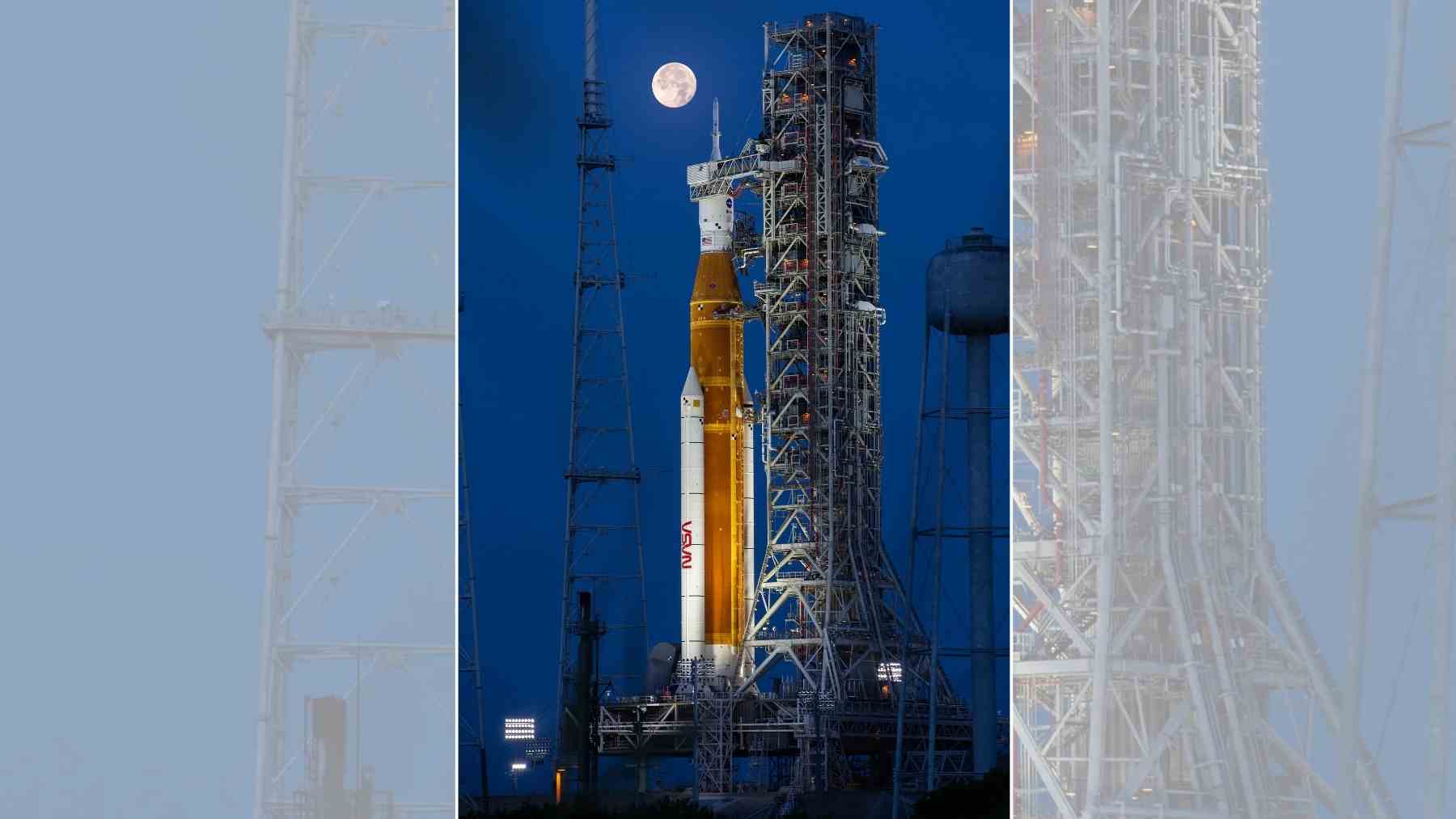A new episode in planetary defense started with the launch of the Hera spacecraft heading to the asteroid Dimorphos – an asteroid intentionally pushed off course by NASA in September 2022. The Hera mission is being conducted by the European Space Agency (ESA) to study the effects of a NASA technique and determine if we could prevent future asteroid threats.
The mission, launched from Cape Canaveral in Florida, will take two years to get to Dimorphos, roughly seven million miles away. The mission will aid astronomers in learning and characterizing asteroids’ composition and orbit and enhance techniques required to shift threatened objects.
Understanding the critical importance of planetary defense initiatives
Thus, the Hera mission would be a good step toward constructing future planetary defense systems that might save Earth from catastrophic asteroid attacks. Although Dimorphos was not a danger to Earth, NASA deliberately targeted the asteroid, intending to assess whether we can change the direction of an object in space or not.
Specifically, the results of the DART mission confirmed that the projected shift of Dimorphos by a few meters last year would play an essential role in the practicality of asteroid deflection. When Hera gets to Dimorphos in 2026, the spacecraft will also look at the impact crater and get information on how Dimorphos responded to the impact.
This information is helpful because Mars impactors are not all rounded, and therefore, while some are good old-fashioned rock, others are more like gravel, and the response will be different. Knowing these factors is essential when designing ways to handle further potential asteroid threats.
Exploring Hera’s ambitious mission goals and objectives
The main scientific goals of the Hera mission are to investigate Dimorphos closer and to study the impact of NASA’s DART collision. When arriving at Mars, Hera will study the impact crater’s size, depth, and geometry, indicating how much energy has been dissipated through an impact. Furthermore, two more cubic-shaped rovers will be sent along with the primary space vehicle to assess the asteroid’s mass, density, and internal structure.
These measurements will enable scientists to start establishing what the text refers to as the physicochemical characteristics of asteroids, which are surprisingly diverse. For example, some boulders are compact rocks, and others are grouped by dust and sand particles. These characteristics will help Hera deliver the information scientists require for making more precise asteroid deflection procedures, hence knowing how other space rocks might behave when subjected to the same impacts.
Preparing for the potential consequences of asteroid impacts on Earth
The chances of an asteroid striking the Earth are real, but scientists disagree that the Earth is in peril, like the extinction of the dinosaurs. Huge or comparatively massive space objects like the one that is believed to have caused the extinction of the dinosaurs are relatively easy to discover thousands of kilometers, even millions of kilometers away from Earth, which means several decades before the time when it will be possible to collide with the planet that is our home.
However, objects 100 – 200 meters in diameter are difficult to observe and can cause much destruction to human life. For instance, a house-sized asteroid broke into pieces in 2013 and hurt over 1,600 inhabitants, damaging constructions in Chelyabinsk city of Russia.
Hera’s mission will help to work on dependable methods of tracking and avoiding such objects, which are far more likely to hit the planet when it comes to increasing our chances of intercepting the asteroid; such missions as Hera and DART that might one day prevent the like of the above and save numerous lives and structures.
Advancing planetary defense: How the Hera mission brings us closer to protecting Earth from asteroid threats
Thus, there is always a requirement to confirm that planetary defense systems are ready for the real asteroid threat when scientists continue to collect data from the Hera mission. Consequently, the Hera spacecraft rendered excellent service to humankind by orbiting Dimorphos to advance the mission and protect the Earth from asteroid impact.
Studying the area where NASA’s DART mission was successful, Hera is expected to create additional valuable data that could help understand asteroids and the most effective techniques for their deflection. This mission would be an international collaboration exercise and a new accomplishment toward planetary defense technology.
Over time, scientists work hard to make these techniques more sophisticated, and we are one step closer to stopping a possibly disastrous asteroid collision in the future. The projects DART and Hera showed that humans are advancing towards making the planet safe from threats originating from space.













